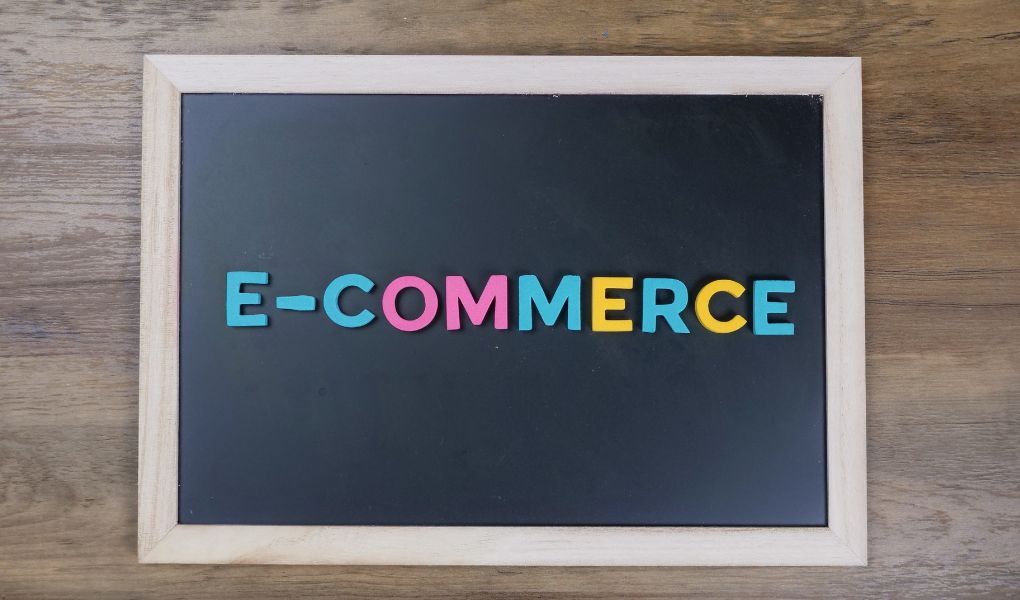When someone thinks of the world of ecommerce, they may think of online transactions between an online shop and its customers. The basics are correct, but there are six different ecommerce types, and each brings its own components.
Table of Contents
Business-To-Consumer
A B2C brand is notable for establishing relationship between businesses and final customers. Ecommerce has made it possible for brands to directly connect with consumers at various points of the consumer journey using retail media with relevant offers which serves both businesses and consumers. It is connected to the retail division of ecommerce, where a standard retail trade would typically function. A B2C relationship is considered more spirited and easier. It has developed immensely because of the beginning of the web, and now many stores are online to sell their products. It also gives customers more information about the products, so they know exactly what they purchase.
A few examples of a B2C would be well-known retail stores such as Target, Walmart, Staples, Overstock.com, Gap, and other retailers.
Business-To-Business
The first type is business-to-business, or B2B. This covers all electronic transactions or products or services between different businesses. The ones who typically serve these transactions are producers and traditional wholesalers. However, it can also serve those who are service providers and business organizations. B2B usually demands longer sales cycles or more venture capital, but in the end, there will be a higher order value and more frequent purchases.
Examples of B2B would be ExxonMobil, Boeing, Chevron Corporation, and Archer-Daniels-Midland. Each of these businesses includes enterprise, custom ecommerce outlets with other closed environment businesses.
Consumer-To-Consumer
Encompassing all electronic purchases, the consumer-to-consumer type of ecommerce is usually completed between consumers. Usually, these transactions involve a third party. This provides an online platform, so the transactions are entirely carried out. The third-party involved usually makes their money by charging transaction fees.
Websites such as Craigslist and eBay are perfect examples of C2C ecommerce platforms. In recent years Facebook Marketplace has also risen in popularity.
Consumer-To-Business
A consumer-to-business type of ecommerce is entirely opposite from the traditional way of exchanging goods. Therefore, it is most common among crowdsourcing-based projects. For example, a C2B makes companies purchase products or services from the consumer.
An example is if a restaurant reaches out to a food blogger and asks them to put their food in their next blog, and the restaurant compensates them for the review.
Business-To-Administration
Any transactions executed online between a business and a public administration or government agency are considered a business-to-administration type of ecommerce. In addition, there is significant involvement of various services in areas like social security, legal documents, employment, fiscal, and registers.
One example of this ecommerce type is a software company called Accela. This company provides government software solutions as well as public admission to services from the government.
Consumer-To-Administration
Any electronic transaction between individuals and public administration is a consumer-to-administration type of ecommerce. A C2A assists the consumer in posting the questions and requesting information concerning the public district directly from their local authorities.
Examples of this include education, health, taxes, and social security. They are also closely related to the B2A model.
Ecommerce is not as simple as some may believe. Understanding the different types of is essential for any business owner or consumer.
Also Read: Retail Of The Future: Top Trends



